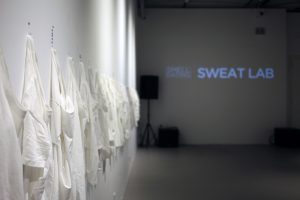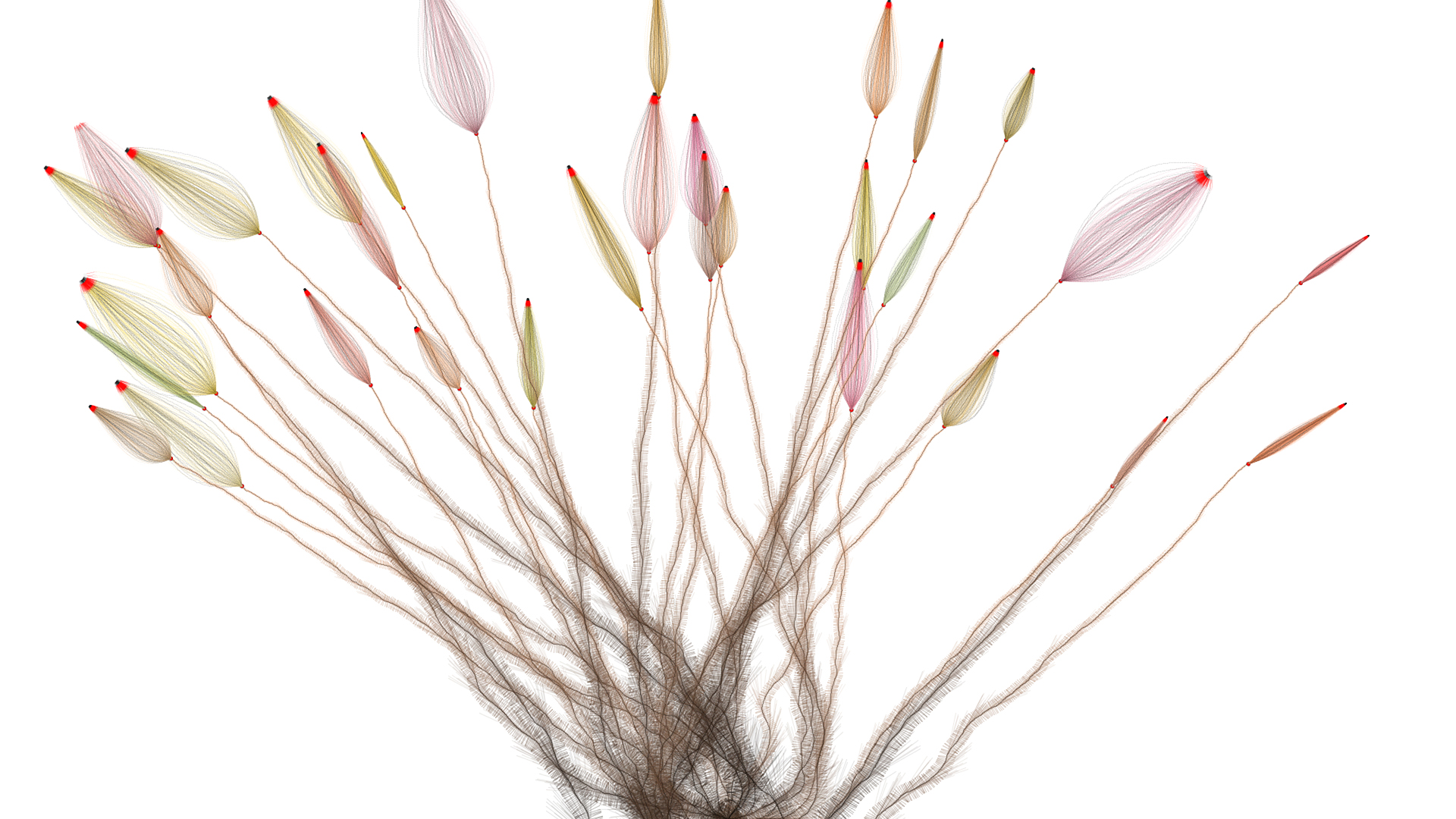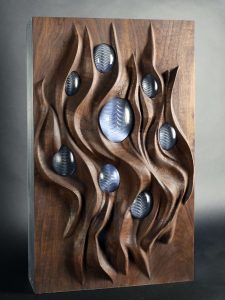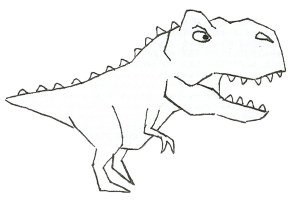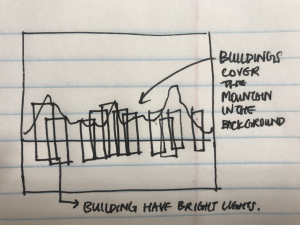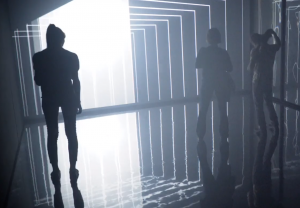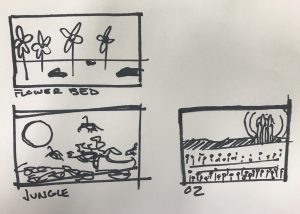/*Curran Zhang
curranz
Project 10
Section A
*/
var terrainSpeed1 = 0.0002;
var terrainDetail1 = 0.015;
var terrainSpeed2 = 0.0004;
var terrainDetail2 = 0.008;
var clouds = [];
var star = [];
var frames = [];
var characterX;
var characterY;
function setup() {
createCanvas(480, 480);
//Iniate Clouds
for (var i = 0; i <5; i++) {
var r = random(width);
clouds[i] = makeClouds(r);
}
//Human Image Position
imageMode(CENTER);
frameRate(15);
}
function preload(){
var filenames = [];
filenames[0] = "http://i.imgur.com/svA3cqA.png";
filenames[1] = "http://i.imgur.com/jV3FsVQ.png";
filenames[2] = "http://i.imgur.com/IgQDmRK.png";
filenames[3] = "http://i.imgur.com/kmVGuo9.png";
filenames[4] = "http://i.imgur.com/jcMNeGq.png";
filenames[5] = "http://i.imgur.com/ttJGwkt.png";
filenames[6] = "http://i.imgur.com/9tL5TRr.png";
filenames[7] = "http://i.imgur.com/IYn7mIB.png";
for (var i = 0; i < filenames.length; i++) {
frames.push(loadImage(filenames[i]));
}
}
function draw() {
//Gradient Background
var from = color('red');
var to = color(270);
gradient(0,width,from,to);
makeMountain1();
makeMoon();
makeStar();
makeMountain1();
makeMountain2();
makeReflection();
updateClouds();
removeClouds();
addClouds();
makeHuman();
}
function gradient(y,w,from,to){
for (var i = y; i <= height; i++) {
var inter = map(i,y,y+w,0,1);
var col = lerpColor(from,to,inter);
stroke(col);
strokeWeight(2);
line(y,i,y+w,i);
}
}
function makeStar(){
fill(270);
for (var i = 0; i < 100; i++) {
var starX = random(width);
var starY = random(height);
ellipse(starX,starY,1,1);
}
}
function makeMountain1(){
noStroke();
fill(180,0,0);
beginShape();
for (var x = 0; x < width; x++) {
var t = (x * terrainDetail1) + (millis() * terrainSpeed1);
var y = map(noise(t), 0,1.8, height/8, height);
vertex(x, y);
}
vertex(width,height);
vertex(0,height);
endShape();
}
function makeMountain2(){
fill(139,0,0);
noStroke();
beginShape();
for (var x = 0; x < width; x++) {
var t = (x * terrainDetail2) + (millis() * terrainSpeed2);
var y = map(noise(t), 0,2, height/2, height);
vertex(x, y);
}
vertex(width,height);
vertex(0,height);
endShape();
}
function makeReflection(){
fill(220,50,50);
rect(0, 375, width, 105);
fill(255,60,60);
noStroke();
beginShape();
for (var x = 0; x < width; x++) {
var t = (x * terrainDetail2) + (millis() * terrainSpeed2);
var y = map(noise(t), 0,2, height, height*.5);
vertex(x, y);
}
vertex(width,height);
vertex(0,height);
endShape();
}
function makeMoon(){
noStroke();
fill(255,20);
ellipse(2*width/3,height/4,170,170);
ellipse(2*width/3,height/4,160,160);
ellipse(2*width/3,height/4,150,150);
ellipse(2*width/3,height/4,140,140);
fill(255,200);
ellipse(2*width/3,height/4,120,120);
}
function updateClouds(){
for (var i = 0; i < clouds.length; i++) {
clouds[i].move();
clouds[i].display();
}
}
function removeClouds(){
var keepClouds = [];
for (var i = 0; i < clouds.length; i++) {
if (clouds[i].x + clouds[i].breadth > 0) {
keepClouds.push(clouds[i]);
}
}
clouds= keepClouds;
}
function addClouds(){
var newCloud = .007;
if (random(0,1)<newCloud) {
clouds.push(makeClouds(width))
}
}
function cloudMove(){
this.x += this.speed;
}
function displayClouds(){
fill(255,50);
noStroke();
ellipse(this.x,this.y,this.width,this.height);
ellipse(this.x +10,this.y +10,this.width-10,this.height-10);
ellipse(this.x +20,this.y -10,this.width/2,this.height/2);
ellipse(this.x -20,this.y ,this.width-20,this.height-10);
}
function makeClouds(cloudy){
var cloud= {x: cloudy,
y:random(100, height/2),
speed: random(-.2,-.7),
width: random(50,100),
height:random(20,0),
breadth:50,
move:cloudMove,
display:displayClouds
}
return cloud;
}
function makeHuman(){
//Human 1
push();
translate(width/2+20,365);
scale(.2,.2);
image(frames[frameCount % 8], 0, 0);
pop();
push();
translate(width/2+20,385);
scale(.2,-.2);
tint(255,127);
image(frames[frameCount % 8], 0, 0);
pop();
//Human 2
push();
translate(width/2,367);
scale(.15,.15);
image(frames[frameCount % 8], 0, 0);
pop();
push();
translate(width/2,382);
scale(.15,-.15);
tint(255,127);
image(frames[frameCount % 8], 0, 0);
pop();
//Human 3
push();
translate(width/2-20,370);
scale(.1,.1);
image(frames[frameCount % 8], 0, 0);
pop();
push();
translate(width/2-20,379);
scale(.1,-.1);
tint(255,127);
image(frames[frameCount % 8], 0, 0);
pop();
}Whenever I go around exploring and taking pictures, I really like to find reflections produced by waters. Therefore, I decided to do a project where water can be used to make the colors more vibrant. Creating mountains creates a very peaceful and relaxing scene, which is something I desperately want.
![[OLD FALL 2018] 15-104 • Introduction to Computing for Creative Practice](../../../../wp-content/uploads/2020/08/stop-banner.png)
